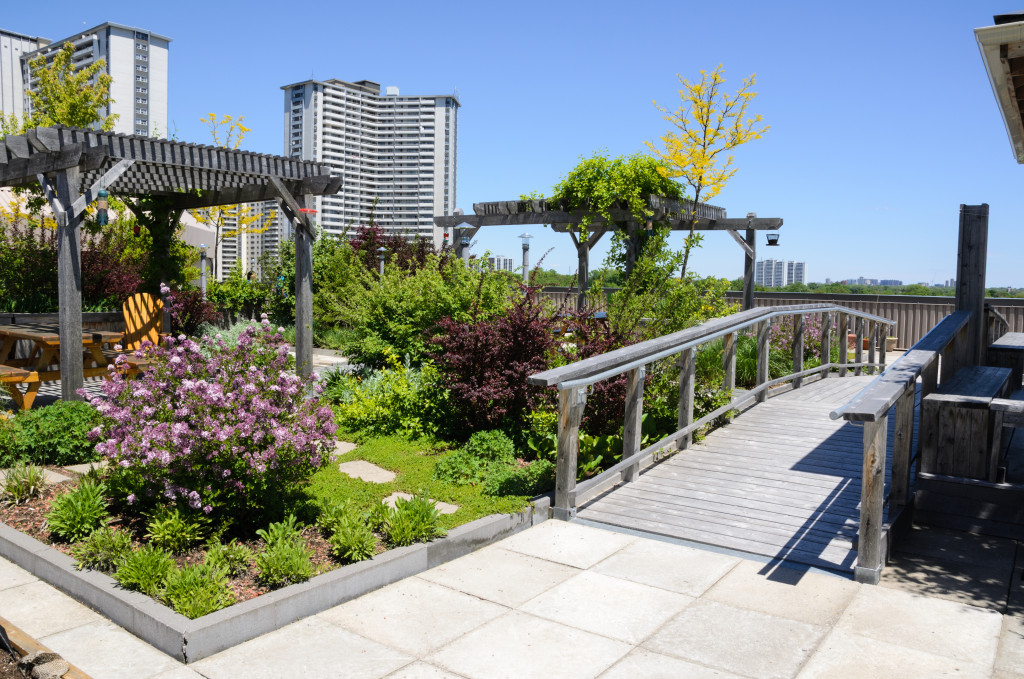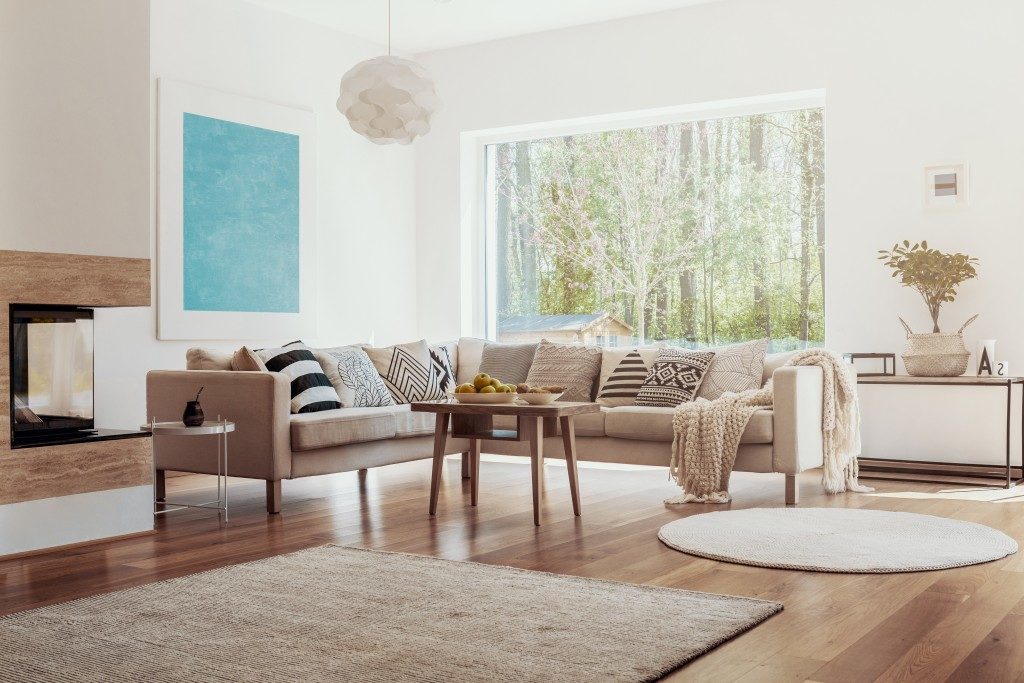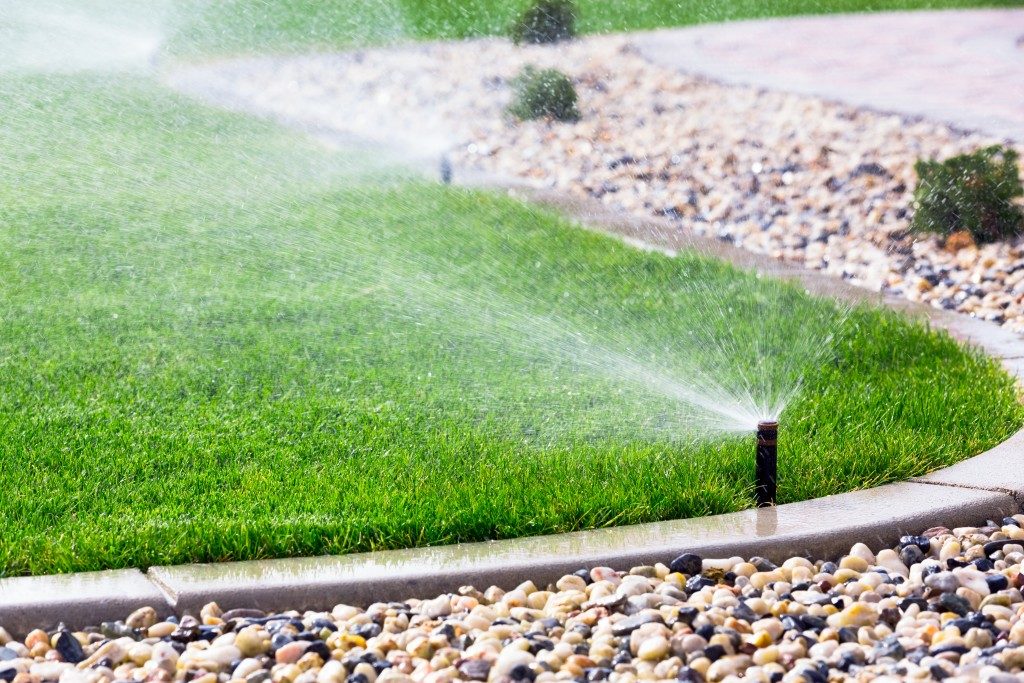A garden can be a great addition to any home. Not only can it provide you with fresh fruits and vegetables, but it also provides numerous health benefits. Gardening can help improve mental health, increase physical activity, and give a sense of calm and relaxation. However, keeping a garden in tip-top shape can be difficult, especially if you’re not sure where to start. Here are a few tips to help you get started:
Plant a variety of plants to create visual interest.
When planting a garden, it’s essential to include a variety of plants to create visual interest. This is pleasing to the eye and provides a range of textures and colors that can be enjoyed throughout the growing season. In addition, having different plants in your garden will attract different pollinators, which is great for gardens that are home to beneficial insects and wildlife.
Some tips for adding variety to your garden include:
- Planting a mix of annual and perennial plants. This way, you’ll have something blooming all season long.
- Incorporating a range of plant heights. Tall plants can provide structure and background, while low-growing plants add interest at the front of the border.
- Mixing different leaf shapes and sizes. This adds visual interest and can help create a microclimate within your garden that is ideal for certain plants.
These tips can create a beautiful and diverse garden that will be enjoyed for years.
Mix evergreen and deciduous trees together for year-round interest.
When planning your garden, mixing evergreen and deciduous trees is important. This will provide year-round interest, as the different types of trees will bloom at different times. Evergreen trees are a great way to add color to your garden in the winter, while deciduous trees will add some color in the spring and summer.
The benefits of mixing evergreen and deciduous trees are many.
- It provides year-round interest in the garden, as the different types of trees will have different colors and textures throughout the year.
- It helps to create a more natural look in the garden, as this is how trees grow in nature.
- It can provide shelter and privacy for the gardeners, as well as food and shelter for wildlife.
- It is also a great way to learn about different types of trees and their growth.

Place flowering plants near the house for added color.
When planting a garden, it is essential to consider how it will look from the house. Placing flowering plants near the home can add color and interest to the view. This is especially important if the house is not particularly attractive. Adding plants that flower can make the view from the house more pleasant and inviting.
There are a few things to keep in mind when placing flowering plants near the house:
- Consider the height of the plants. You don’t want them to block windows or doors, so choosing plants that are the right height for the space is essential.
- Think about the color of the flowers. Choose colors that complement the house and the other plants in the garden.
- Consider the amount of sun that the area gets.
Some plants need more sun than others, so it is important to choose plants that will thrive in the conditions near the house.
Water your garden regularly and fertilize it twice a year.
Maintaining a garden requires regular watering to ensure the plants have enough moisture. When you don’t water your plants regularly, they will start to wilt and may die. You can avoid this by setting a schedule for watering your garden and sticking to it. Watering early or late at night is usually best to reduce evaporation.
In addition to watering, you should also fertilize your garden twice a year. This will help ensure the plants have all the nutrients they need to grow healthy and strong. Fertilizing in the spring and fall is typically best. But you should also consider the weather conditions in your area and plant cycles. There are instances where you do not need to fertilize more than once a year.
If you are unsure, you can work with reliable lawn care specialists. These specialists can help take care of your garden and lawn. They can also deal with pests that invade your property.
Use ornamental grasses as filler between other plants.
Ornamental grasses can be used to fill in spaces between other plants in the garden, making the garden more appealing. There are many different types of ornamental grasses, so you can find one that will match the style of your garden. Ornamental grasses come in various colors, so you can choose one that will match the color scheme of your garden. They also come in a variety of sizes, so you can choose one that will fit in the space you have available.
If you are looking for a way to add interest to your garden, consider using ornamental grasses. They can help fill spaces and add color and interest to the garden. There are many different types of ornamental grasses available, so you can find one that will match the style of your garden.
Starting a garden can be a fun and rewarding project for any homeowner. By keeping these tips in mind, you can ensure that your garden is beautiful and functional. With a little planning and effort, you’ll be able to create a space that you’ll enjoy for years.









